Methanol reformers enable efficient, on-demand hydrogen production from methanol, which is a safer, more readily stored, and transportable alternative to pure hydrogen. Improving methanol reformer efficiency and stability depends on precise, real-time gas composition monitoring.
Hiden Analytical provides specialist gas analysis systems for reformer development, catalyst testing, and optimization. This article explains why online gas analysis is so important in this industry and how Hiden Analytical’s gas analyzer systems suit these special requirements.
Process Optimization and Catalyst Development
Maximizing hydrogen output while reducing CO and other by-products requires selective catalysts and precise control of factors such as temperature and steam-to-carbon ratio.
Monitoring gas conversion rates and by-product production is also essential for assessing catalyst performance and degradation over time. CO management is particularly important due to the sensitivity of fuel cell catalysts.1-3
Why Choose Hiden Analytical Gas Analysers for Methanol Reformer Studies?
Hiden Analytical’s gas analysis systems provide crucial characteristics tailored to address the unique problems of methanol reformer research and development:
Heated Vapor Sampling for Accurate Methanol and Water Analysis
Hiden Analytical’s systems have a quartz capillary inlet that can be heated up to 200 degrees Celsius. This prevents condensation and accurately samples large quantities of methanol and water vapor, with reaction times of 150-300 milliseconds.
Real-Time Online Gas Analysis
Hiden analyzers use quadrupole mass spectrometry with direct inlet technology to deliver rapid, continuous gas composition data. Unlike slower GC-MS systems, Hiden Analytical equipment can manage scan times in the millisecond range, essential for dynamic reformer testing.
Intuitive Quantification Software
QGAsoft, a LabVIEW-based software suite, simplifies mass spectrometry for even the most inexperienced users. Spectral overlaps are automatically removed, and gas concentrations are shown in real time as volume percentages (vol %) or parts per million (ppm).
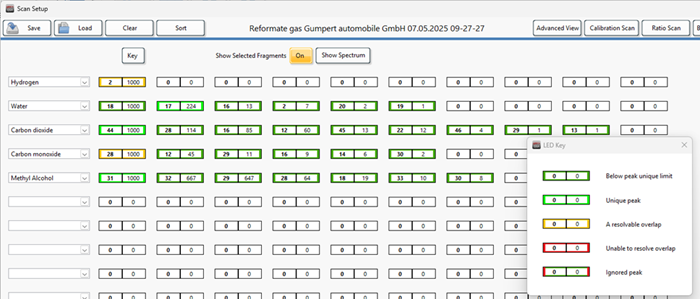
Figure 1. QGAsoft scan setup. Image Credit: Hiden Analytical

Figure 2. Fragment mass and ratio in QGAsoft scan setup. Image Credit: Hiden Analytical
Multipoint Calibration for Enhanced Accuracy
Reformer gas concentrations frequently fluctuate over large ranges. Hiden Analytical’s program provides single and multipoint calibration functions, allowing for precise ppm and percentage level measurements. This adaptability ensures consistent results even as reformer conditions vary.
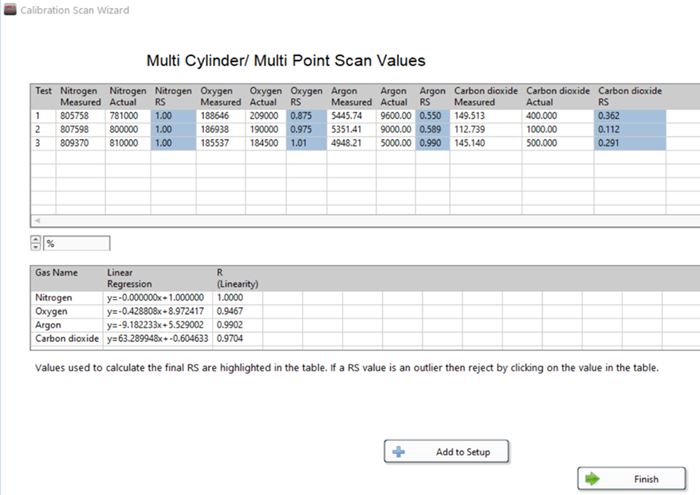
Figure 3. Calibration wizard window in QGAsoft. Image Credit: Hiden Analytical
Ratio Scan and Fragment Ratio Calibration
Gases like CO require accurate measurement due to overlapping mass pieces with other species. Hiden Analytical’s Ratio Scan tool allows for precise separation of overlapping signals by scanning fragment ratios in real time, eliminating the need to rely on the NIST database or default ratios.
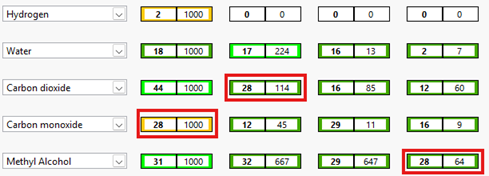
Figure 4. QGAsoft scan setup highlighting the overlaps of CO2, CO, and Methanol. Image Credit: Hiden Analytical
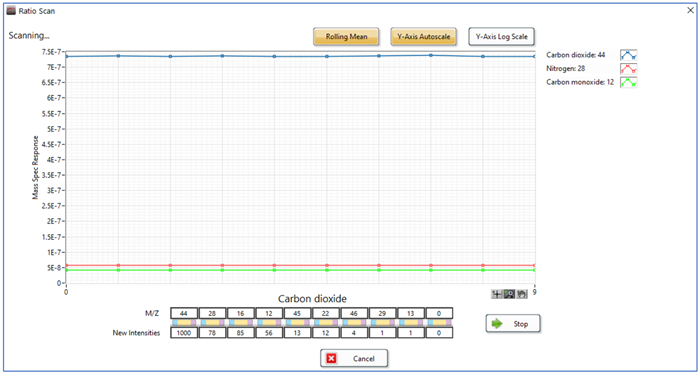
Figure 5. Ratio scan in QGAsoft. Image Credit: Hiden Analytical
Soft Ionization for Improved Selectivity
Hiden Analytical’s gas analyzers have individual ionization energy settings for each gas. This method is useful for separating overlapping species and selectively measuring gases, such as modest CO concentrations in the presence of high quantities of CO2 and N2.
Parameters like detector type and scan speed can be modified per gas, giving you complete control over the analysis settings.
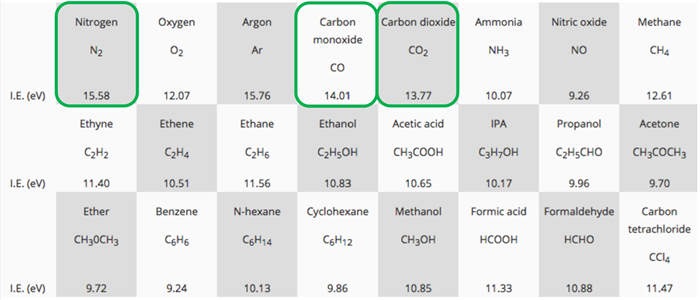
Figure 6. Threshold ionisation energies of a few gases and vapours as example. Image Credit: Hiden Analytical

Figure 7. Advanced settings window in QGAsoft. Image Credit: Hiden Analytical
Conclusion
Whether developing a new reformer or upgrading an existing one, Hiden Analytical’s systems offer the precision, speed, and flexibility required for advanced research. Hiden’s systems, including hot vapor sampling and extensive software features, are designed to assist hydrogen generation technologies.
References
- Palo, D.R., Dagle, R.A. and Holladay, J.D. (2007). Methanol Steam Reforming for Hydrogen Production. Chemical Reviews, 107(10), pp.3992–4021. https://doi.org/10.1021/cr050198b.
- Pen˜a, M.A., Gómez, J.P. and Fierro, J.L.G. (1996). New catalytic routes for syngas and hydrogen production. Applied Catalysis A: General, (online) 144(1), pp.7–57. https://doi.org/10.1016/0926-860X(96)00108-1.
- Götz, M., J. Lefebvre, and A. Wörner (2008). The creation of a compact methanol reformer for fuel cell systems that incorporates safety and gas analysis. Journal of Power Sources, 176(1), 490–495.

This information has been sourced, reviewed and adapted from materials provided by Hiden Analytical.
For more information on this source, please visit Hiden Analytical.